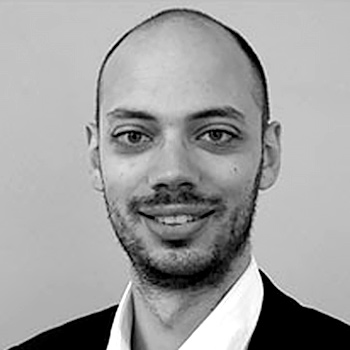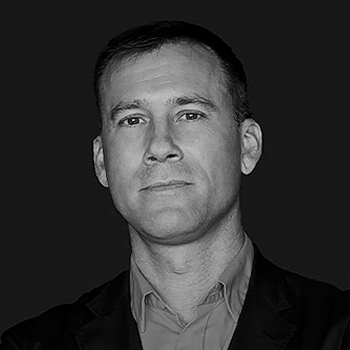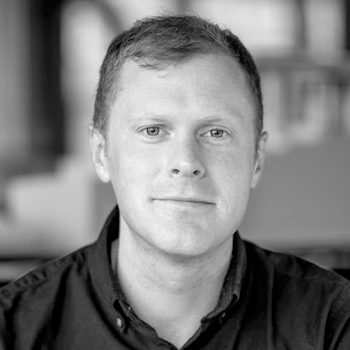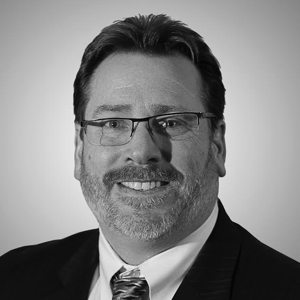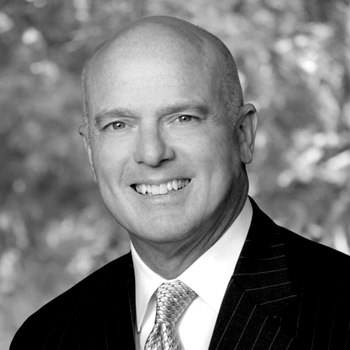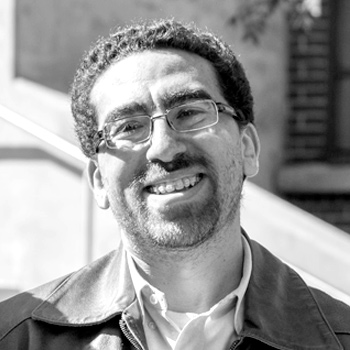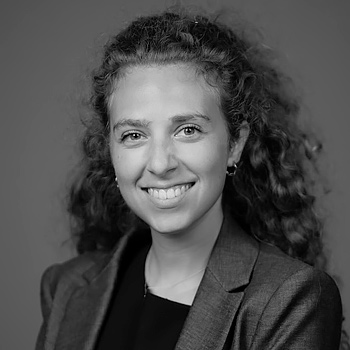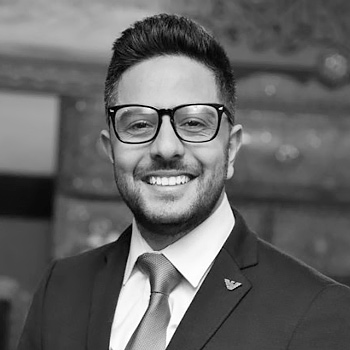Agenda
Symposium
Friday, February 25
Times in EST
8:00 - 8:50 AM
8:50 - 8:55 AM
8:55 - 9:00 AM
9:00 - 10:00 AM
Adjaye Associates and Thornton Tomasetti will detail their work on the Winter Park Library, diving into details about precast construction and solar shading. Bohlin Cywinski Jackson will present Malachowsky Hall, a new space for data science and information technology at the University of Florida. Their presentation will look at the process behind designing within the requirements of a panelized facade system. Libraries and educational institutions have a role to play in serving the community through creating spaces that amaze and delight, and this panel will highlight facades that are welcoming to their communities.
10:00 - 10:30 AM
10:30 - 11:30 AM
Featuring Clemson University’s Outdoor Education Center and the Kendeda Building at Georgia Tech, this panel will show the success stories behind two collaborative projects that are redefining college campuses. With Mass Timber picking up steam across the Southeast, these presentations will explore the growing interest in mass timber architecture its benefits. Audience members with a particular interest in mass timber construction in the region can continue learning about the topic in an afternoon workshop track that will take a deeper dive into the subject, looking toward future paths for the growth of timber facades.
11:30 - 12:00 PM
12:00 - 1:00 PM
Explore the changing face Atlanta’s BeltLine with RIOS and Perkins+ Will discussing their midtown west developments, Echo Street West and Westside Paper. The presentations will look into differing strategies of transforming former industrial buildings into new public space in a neighborhood whose growth is the focus of much attention in Atlanta. Adaptive Reuse and Repositioning are crucial methods for reducing the energy footprint of buildings, but also present design challenges in how to drive engagement while designing at a human scale. Learn about recent projects in the BeltLine’s Westside section that are bringing new life to existing structures by leveraging new facade design while improving performance, comfort, and enjoyment.
1:00 - 1:30 PM
1:30 - 2:30 PM
2:30 - 2:45 PM
2:45 - 4:45 PM
Methods + Materials PRESENTED BY

1:30 - 2:30 PM
Credit type: 1.0 AIA HSW
Provider: STI Firestop
This course provides an update on the advancements in perimeter fire containment systems for galvanized backpan assemblies. The value of understanding the performance of galvanized backpan assemblies in today’s ever changing complex designs cannot be overstated. By identifying the unique challenges that these assemblies present in the design phase, you can eliminate costly changes, delays, and compromised life safety requirements prior to construction.
Learning Objectives
- Define the role and value of perimeter fire containment systems in today’s ever changing and complex galvanized backpan assembly designs.
- Identify the code requirements for perimeter fire protection.
- Describe how galvanized backpan assemblies perform per ASTM E 2307 testing and the importance of independent third-party testing for perimeter fire containment systems.
- Recognize the complexity of aluminum framed galvanized backpan designs and how to address them
2:45 - 3:45 PM
Credit type: 1.0 AIA
Provider: Covetool
Embodied carbon (kgCO2e) is the carbon released from the total primary energy consumed during resource extraction, transportation, manufacturing, and product fabrication. Implementing data-driven solutions to better analyze their projects’ carbon impact is a rapidly growing aspect of renovation projects. In this session, we showcase the workflow for your next project with embodied carbon, operational carbon, and various methods using the Fulton County Public Library as a case study on how to reach net-zero carbon.
Learning Objectives
- Define the concept of embodied carbon, and improve baseline understanding of embodied carbon and its impact on climate change
- Compare the design decision that affects embodied carbon reduction and their ability to reduce the energy consumption and cost of renovation projects
- Identify the current role the AEC industry has in reducing global carbon emissions and how architects, contractors, and owners play in designing a carbon-neutral and/or net-zero carbon building designs
- Showcase case studies that demonstrate net-zero carbon strategies as well as explain the business incentive of including carbon in design considerations
1:30-4:45 PM
Join Pat Layton and Dustin Albright from Clemson University’s Wood Utilization & Design Institute to learn about their timber research, and its applications to the booming use of mass timber in the Southeast. This workshop will cover the research underway at WUDI with industry partners and Clemson Faculty & Students, and the successful application of their work to projects on Clemson’s campus. Additionally, you will learn about the increasing number of developers embracing mass timber in the region, and why timber has become their preferred material.
1:30-4:45 PM
This workshop will investigate high performance facades from both a scholarship and a practice-oriented perspective. It will initiate with an overview of building envelope diagnostics using advanced remote sensing drones, as well as simulation techniques. This will be followed by an in-depth exploration of Non Destructive Testing (NDT) and simulation for deteriorating envelopes, which would be contrasted with in situ verification methods for new facades (through a case study of the Kendeda Building). Finally, the workshop will conclude with discussion of how facades can face issues of Climate Change as a significant threat facing humanity and its built environment.


